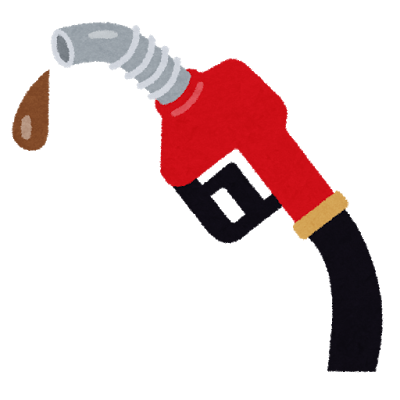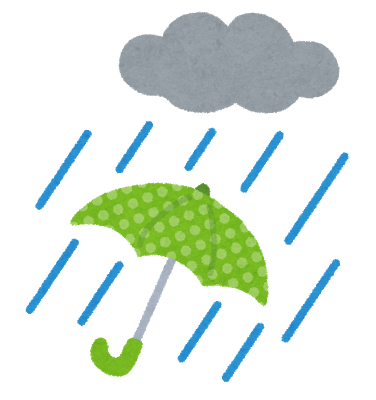

To disaster-resistant logistics facilities

"Logistics" now plays an important role in modern society so that it is called economic blood flow.
Therefore, if the role of logistics does not work normally due to disasters, etc., the economy will be greatly confused.
Actually, such things have been invited by the "East Japan great earthquake" that occurred several years ago.
Then, how can it be "a disaster-resistant logistics facility"?
Currently, as an example of a logistics facility that uses the concept of "disaster-resistant logistics facility" ...
| Protect important equipment | ・・・ | Particularly in logistics facilities installed in the coastal area, in order to protect the power supply facilities, which can be regarded as the heart of logistics facilities, from the tsunami etc., the power supply facilities are installed in relatively high places. |  |
| Strong earthquake resistance | ・・・ | In fact, there are also warehouses built with original criteria that greatly exceeds the earthquake resistance standard of Building Standards Law |  |
| Establishment of self-service station | ・・・ | Preparation of a large-capacity pass tank as a measure against shortage of trucks in the event of a disaster |  |
| Installation of in-house power generation equipment | ・・・ | In case of disaster, to prepare for when the external power supply stops. Some facilities are introducing large solar power generation system. |  |
Indeed, at the time of the "Great East Japan Great Earthquake", in the warehouse of "Mitsubishi Warehouse Co., Ltd." located in Sendai, the power supply equipment was installed on the 3rd floor in advance, so even when the tsunami reached the warehouse the power supply equipment remained safely , It seems that the restoration work after that could be shortened.
Environmental considerations
「Logistics and environmental problems that were introduced in terms of problems and solutions
Even in logistics facilities, electricity is necessary to operate lighting and machinery, and as the size of facilities increases, it becomes more necessary.
Of course, using electricity will indirectly emit carbon dioxide.
So,Especially at state-of-the-art logistics facilities, measures against environmental problems are properly taken place.
Let's give an example of measures against environmental problems of the state-of-the-art logistics facility "Haneda Cronogate" that we actually visited.
Use the power of nature
The current way of thinking about environmental conservation of "Haneda Chrono Gate" and the background to it are as follows.
| Traditional "ecology" was common sense not to use natural resources as much as possible. |  |
 |
|
| However, in nature there are energy friendly to the earth such as solar power generation. |  |
 |
|
| So,The idea of "using nature for nature" was born! |  |
Based on the above idea, Haneda Chrono Gate has taken measures against the following environmental problems.
| Wind force | ・・・ | Discharge the air from the rooftop to the outside and exchange air. |  |
| The power of the sun | ・・・ | Utilizing sunlight from the skylight, use it as a lighting substitute, and also used for photovoltaic generation to reduce CO2 emissions. |  |
| The power of rain | ・・・ | Sewage treatment support |  |
| The power of trees | ・・・ | Green the rooftop and block the solar heat. Contributing to measures against heat. |  |
At first glance it may seem like a modest measure, but with these measures, it is expected that CO2 emissions will be reduced by approximately 46% compared with conventional facilities, and by about 700 Tokyo Dome annually reduced It seems to be.
To lack manpower and overburden burden
Recently in news etc., issues such as manpower shortage / burden increase of transport drivers etc. are often taken up.
However, issues such as shortage of manpower are occurring not only in the field of "transport delivery" but also in distribution facilities.
So how can we solve this problem?
Here, let's take the example of logistics new technology introduced in recent years as an example in a company that is developing related to logistics technology such as Amazon and Hitachi Transport
| Shelves without people | ・・・ | In 2016, Amazon, the first "movable shelf" in Japan is introduced. At the time of arrival, the shelves that matched the arrived item sizes etc run automatically to the workers' place, calculate the optimum route at the time of ordering, and automatically run to the shelf place. |  |
| Work analysis tool | ・・・ | Distribution center management system (WMS) We utilize tools to analyze operator's movements and activities in detail from logs and sensor data, and analyze tool "work analysis tool" that enables grasp of productivity and visualization of waste by individual and hour by Hitachi Logistics introduced. |  |
| Shipment inspection system | ・・・ | Shipment inspection with barcode is carried out as a misleading inspection measure.
By doing this, shipping work time is reduced by 10% · Misleading shipping rate 0.001% · Reduction in distribution cost · Inexperience of inspection work etc. are realized. |
 |
- In the future logistics facilities, environmental conservation, disaster countermeasures, labor shortage, and labor burden reduction are required.
BackLogistics of futureNext
